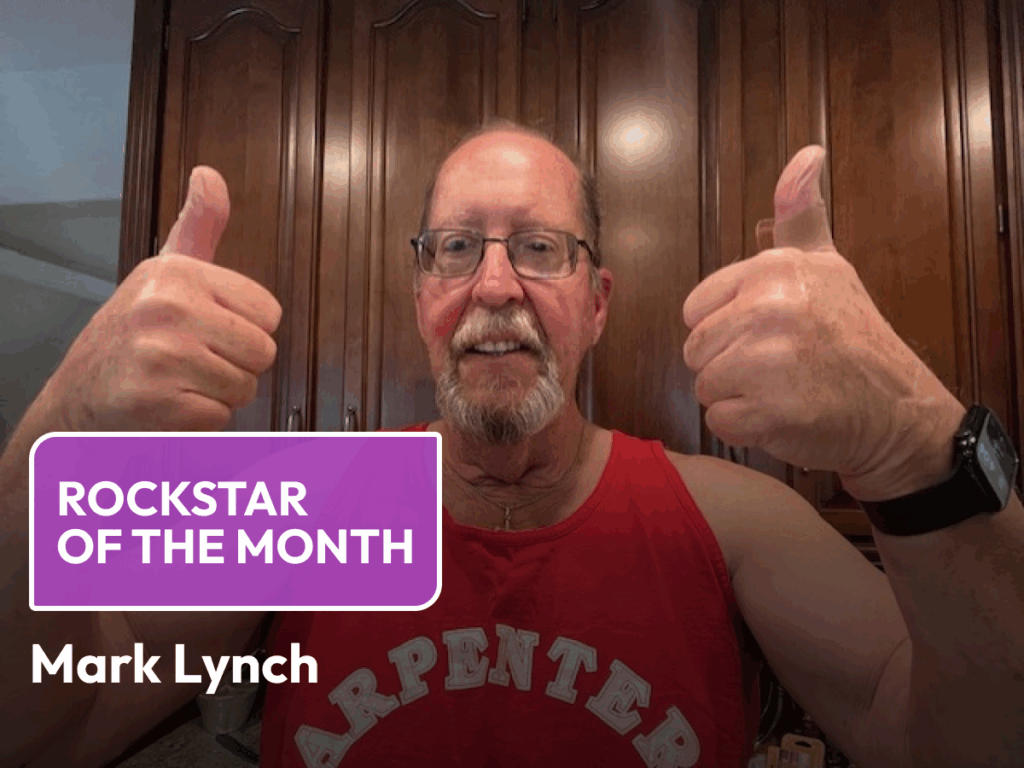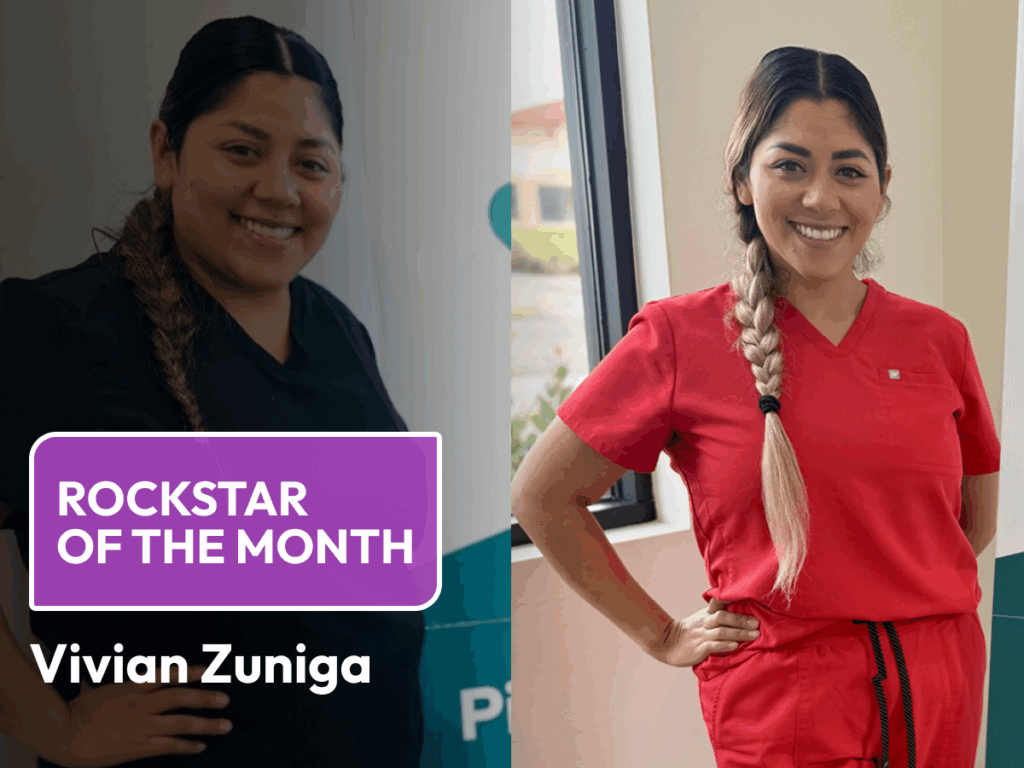Here’s a little decision tree to help you cook your way through a successful VLCD.
- Is it under 300 calories per meal?
- If YES – Go to the next question.
- If NO, here are some ideas to get it to where you want it to be.
- Check the serving size. Does it seem reasonable or can you reduce portions to conserve calories?
- Look at the volume of oil in the recipe. 6 tablespoons of olive oil?! Seems excessive. Take a look at how it is being used and whether it’s feasible to reduce or even switch to a cooking spray with marginal calories.
- Scout for other high-calorie toppings – think nuts, cheese, avocado. Can you reduce without sacrificing the dish?
- Once you’ve made one (or more) of the above adjustments, consider plugging the recipe into a nutrition calculator (such as MyFitnessPal) to see if you’re on-the-mark for calories.
- Are the ingredients okay for VLCD?
- Are there any sweeteners in the recipe (think brown sugar, honey, stevia)?
- If the recipe is a savory dish, you likely do not need them, so consider preparing the recipe without them. If it’s a sweet dish, it may not be the best fit for VLCD, but it is always worthwhile to run the recipe by your dietitian to see if there is a way to prepare it without the sugar. We’ve got lots of “VLCD hacks” up our sleeves!
- How do the rest of the ingredients look?
- Any refined flour? Starchy vegetables? Dried fruit? Look for these sneaky ones (you can always refer back to your VLCD Guide or send your dietitian a message) and consider whether the recipe will be just as tasty without.
- Are there any sweeteners in the recipe (think brown sugar, honey, stevia)?
If you’ve successfully navigated the above criteria, your recipe is likely okay for VLCD. That being said, it never hurts to run the recipe by your dietitian. It also gives us new ideas! You might even see your recipe find pop up in a future Recipe Challenge.



